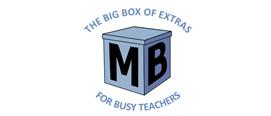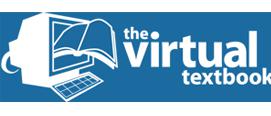Using a calculator
Students today are more familiar with using a variety of technologies today however it cannot be taken for granted that students are able to perform the correct calculation when posed with a problem to solve and that they can appropriately interpret the answer given in the context in which the problem was presented. This resource package is designed to give the opportunity for students to use a calculator to calculate results accurately and then interpret the results appropriately.
Visit the secondary mathematics webpage to access all lists.
- ALL
- Presentation
- Activity sheet
Presentation
Bingo: Using a Calculator
This resources contains nine pages of bingo answer cards with four cards on each page. Each answer card contains sixteen numbers all rounded to two decimal places.
The PowerPoint presentation presents a series of calculations involving powers, roots, fractions as well as the basic operations of addition, subtraction, multiplication and division.
The resource requires students to be able to use a calculator efficiently and accurately and to be able to round their answer to two decimal places or to know how to set up their calculator to give answers to two decimal places.
Activity sheet
Calculating
This resource contains a number of activities to encourage accurate and efficient use of a calculator. Mystery 3751 requires students to use their calculator to perform calculations accurately to find Helen who is hiding on Mystery Island. Ticket Sales requires students to solve a puzzle to find out how many tickets have been sold. Other problems involve calculating dates, using a calculator to solve problems and using a calculator to work out the missing signs in calculations.
Strategies
This resource emphasises the need to check and re-check calculations as part of developing good strategies when problem solving. Students are given the task of completing a schedule for their morning routine. Students are required to outline what checks they perform and to alter their plan when something unforeseen occurs.
The main task asks students to formulate a plan to evacuate civilians from Lebanon. Students are furnished with all relevant information and have to use this to calculate an evacuation plan. Emphasis, once again, is placed upon checking and rechecking calculations and then altering their plan when new information becomes available. Students are then required to recheck their calculations.
As the situation develops, students are set a third task to plan how quickly the remaining civilians can be evacuated. These tasks are set in a realistic context, with an emphasis on checking and rechecking the calculations made when formulating their plans.
Calculator
This interactive excel file from The Virtual Textbook has large displays of two Casio calculators which could be useful for class discussion. The interactive sheets show sets of calculations which require the use of functions including x2, √ and π, as well as more difficult expressions to be evaluated. Answers can be revealed and new sets of questions displayed.
There are several printable crossword-style activity sheets for students to practice using their calculator.





